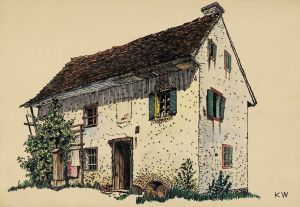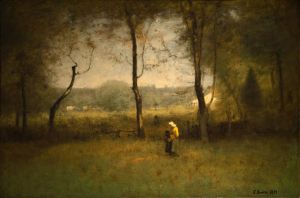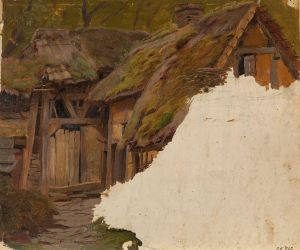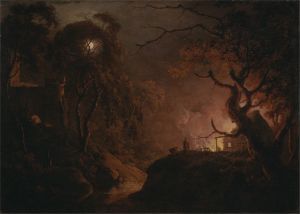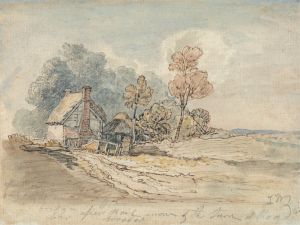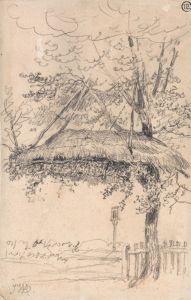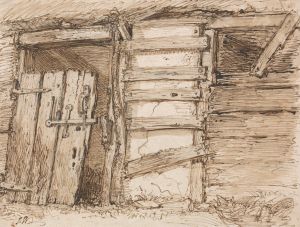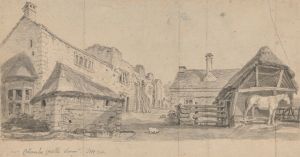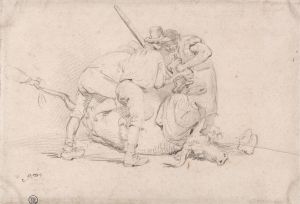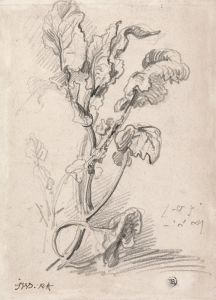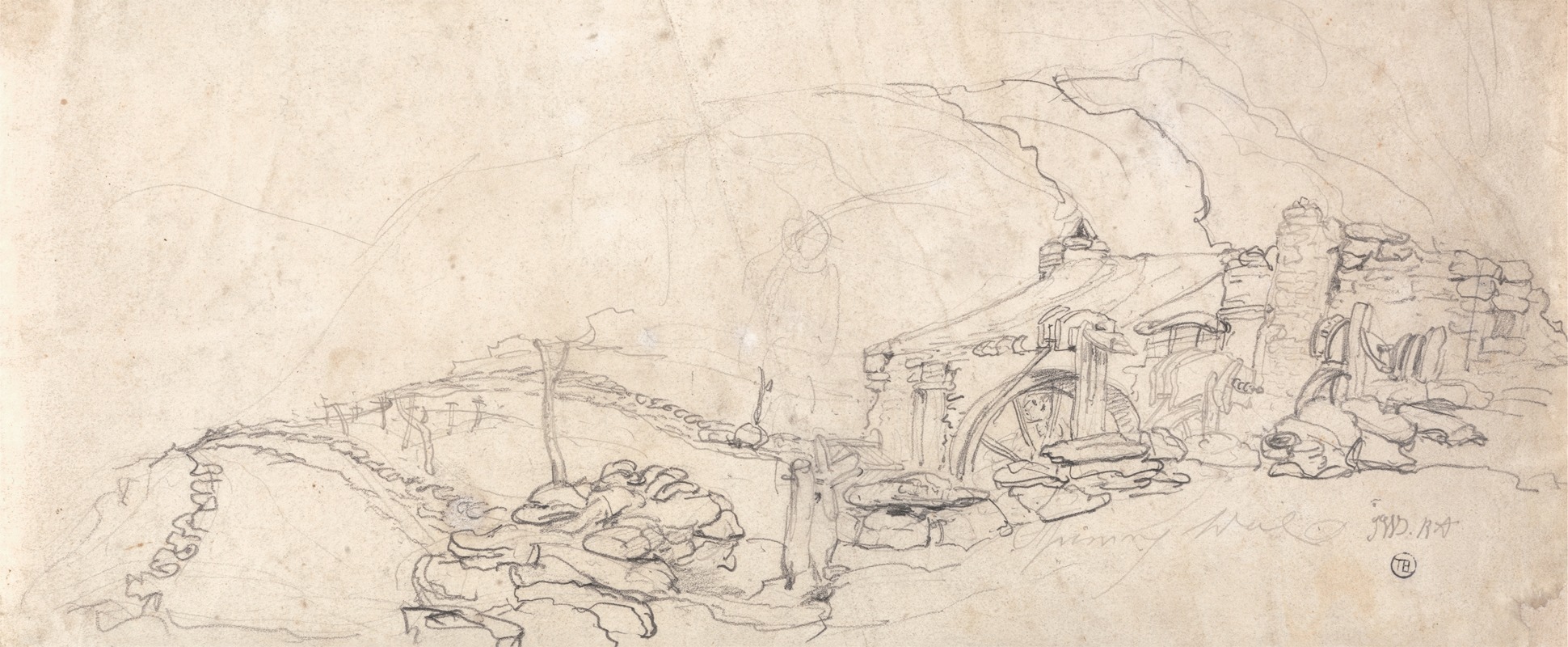
A Mill
A hand-painted replica of James Ward’s masterpiece A Mill, meticulously crafted by professional artists to capture the true essence of the original. Each piece is created with museum-quality canvas and rare mineral pigments, carefully painted by experienced artists with delicate brushstrokes and rich, layered colors to perfectly recreate the texture of the original artwork. Unlike machine-printed reproductions, this hand-painted version brings the painting to life, infused with the artist’s emotions and skill in every stroke. Whether for personal collection or home decoration, it instantly elevates the artistic atmosphere of any space.
James Ward's painting "A Mill" is a notable work by the English painter and engraver, who was born on October 23, 1769, and died on November 17, 1859. Ward was a prominent figure in the British art scene during the late 18th and early 19th centuries, known for his animal paintings, landscapes, and genre scenes. He was a member of the Royal Academy and gained recognition for his detailed and dynamic compositions.
"A Mill" exemplifies Ward's ability to capture the essence of rural life and the natural environment. Although specific details about the painting's creation, such as the exact year it was completed, are not widely documented, it is consistent with Ward's style and thematic interests during his career. The painting likely depicts a pastoral scene featuring a mill, which was a common subject in landscape art of the time, reflecting the agrarian society and the importance of mills in rural economies.
Ward's technique in "A Mill" would have involved meticulous attention to detail and a keen observation of nature, traits for which he was well-regarded. His use of color and light would have been employed to create a sense of realism and atmosphere, drawing the viewer into the tranquil yet industrious world of the countryside. Mills, as depicted in art, often symbolize industry, progress, and the harmonious relationship between humans and nature, themes that were prevalent in the Romantic period during which Ward worked.
James Ward's broader body of work includes a variety of subjects, but he is particularly celebrated for his animal paintings, such as "The Bull" and "The Deer." His landscapes, including "A Mill," demonstrate his versatility and skill in capturing different aspects of the natural world. Ward's contribution to art was recognized during his lifetime, and he was appointed as a Royal Academician in 1811, which was a testament to his influence and standing in the art community.
While "A Mill" may not be as widely known as some of Ward's other works, it remains an important piece within his oeuvre, reflecting the artist's engagement with the landscape genre and his ability to convey the beauty and vitality of rural England. The painting would have been appreciated by contemporaries for its technical proficiency and its evocative portrayal of a quintessentially English scene.
In summary, "A Mill" by James Ward is a representation of the artist's skill in landscape painting, capturing the essence of rural life with precision and artistry. Though specific details about the painting are limited, it stands as a testament to Ward's talent and his contribution to the art of his time.





